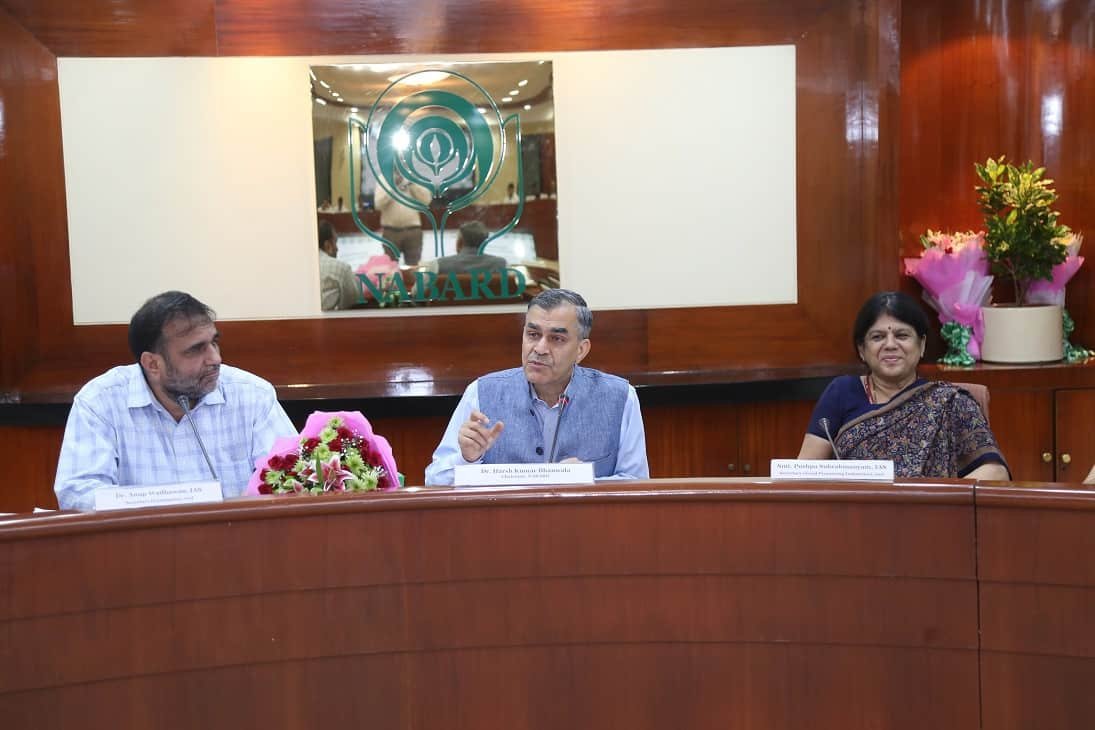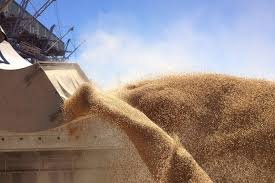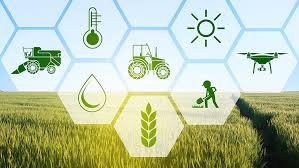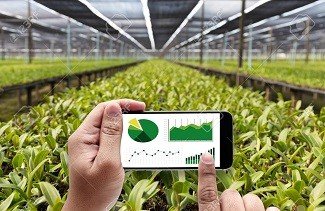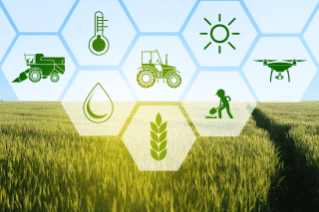Gauhati University researchers receives patent for Biological pesticide
Biological pesticide controls red spider mites that attack tea bushes and cause heavy crop loss annually.
Government of India patented new biological pesticide developed by a team of researchers from Gauhati University .The team of researchers which includes Novonita Baruah, Alak Chandra Deka, Mohan Chandra Kalita and Jogen Chandra Kalita developed the biological pesticide to control red spider mites that attack tea bushes and cause heavy crop loss annually.
The new pesticide is a low-cost bio-formulation created with an indigenous fungal bio-agent.
In the Northeast, tea plants are colonized by a large variety of pest species, including the tea mosquito bug, the red spider mite, pink mites, the red slug caterpillar, the looper, the green leaf hopper, etc. Among these, the red spider mite (oligonychus coffeae) is one of the most destructive pests in all the tea-growing regions of the Northeast.
A large number of chemical pesticides (insecticides and acaricides) are used for controlling red spider mites. Though the use of chemical pesticides results in effective control of the pests, the insects in turn develop resistance to the chemicals when the pesticides are used excessively. The chemicals also affect non-target species and leave undesirable residues in made tea.
These pesticides are hazardous for humans, animals and wildlife alike. Hence, the new biological pesticide is expected to emerge as a new effective measure in the area of pest control in the tea industry.
Biological pesticide controls red spider mites that

